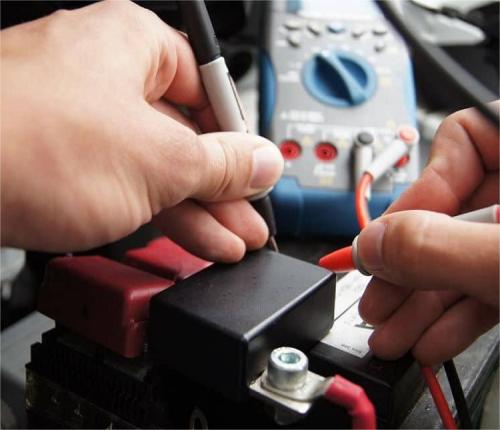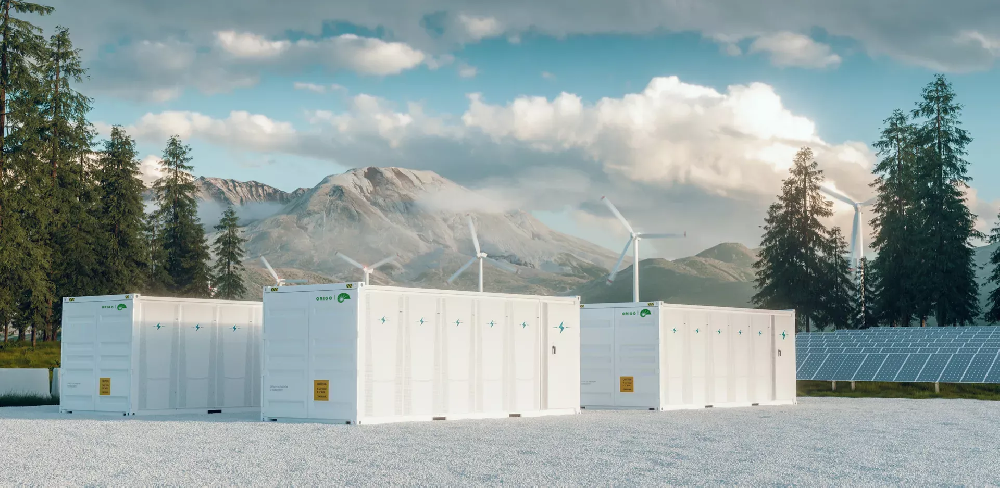Lithium-Ion Battery Care Guide
Battery cell is an important part of electric vehicles, mobile devices and other electronic products, and its quality and performance are directly related to the use of the entire product effect and safety. The following will introduce the main process of electric core production, and bring you to understand the manufacturing process of electric core.
Raw material preparation:
The main raw materials of the battery cell include positive and negative materials, electrolyte, diaphragm and so on. Before production begins, these raw materials need to be strictly screened and tested to ensure that their quality meets the requirements.
Positive and negative electrode material preparation:
Positive and negative electrode materials are the core components of the battery core, and the preparation process includes mixing of raw materials, stirring and molding. Positive electrode materials usually consist of lithium compounds and conductive agents, while negative electrode materials consist of carbon materials.
Diaphragm preparation:
The diaphragm is an important component used to isolate the positive and negative electrodes, which needs to have good ionic conductivity and electronic isolation. The diaphragm preparation process includes material selection, coating, drying and other steps.
Assembly:
In the assembly process, the positive and negative materials and the diaphragm are stacked according to a certain level and structure to form the basic structure of the battery cell. The assembly process needs to be carried out in a clean room environment to ensure the purity and reliability of the battery cell.
Liquid injection and encapsulation:
The assembled battery cell needs to be injected with liquid, i.e., electrolyte is injected into the battery cell to provide a medium for ionic conduction. After the liquid injection is completed, the battery cell is encapsulated, usually with aluminum foil or plastic film for sealing to prevent the electrolyte inside the battery cell from leaking.
Charging, Discharging and Testing:
The finished battery cells need to go through the charging, discharging and testing process to ensure their performance and quality. The charging and discharging process can test the capacity, cycle life and other key indicators of the battery cell, while the testing process includes appearance inspection, internal resistance test, voltage test and so on.
Packaging and factory:
After the charging, discharging and testing of qualified battery cells, the final packaging work will be carried out, usually using plastic packaging or metal shell for protection. Subsequently, the electric core will be quality inspection, after meeting the requirements can be shipped out of the factory.
These are the main processes in the production of battery cells, and each step of the process requires strict control and testing to ensure the quality and performance of the cells. With the rapid development of electric vehicles and mobile devices, the technology of battery cell production is constantly being innovated and upgraded to meet the market demand for high-performance and high-security battery cells.







